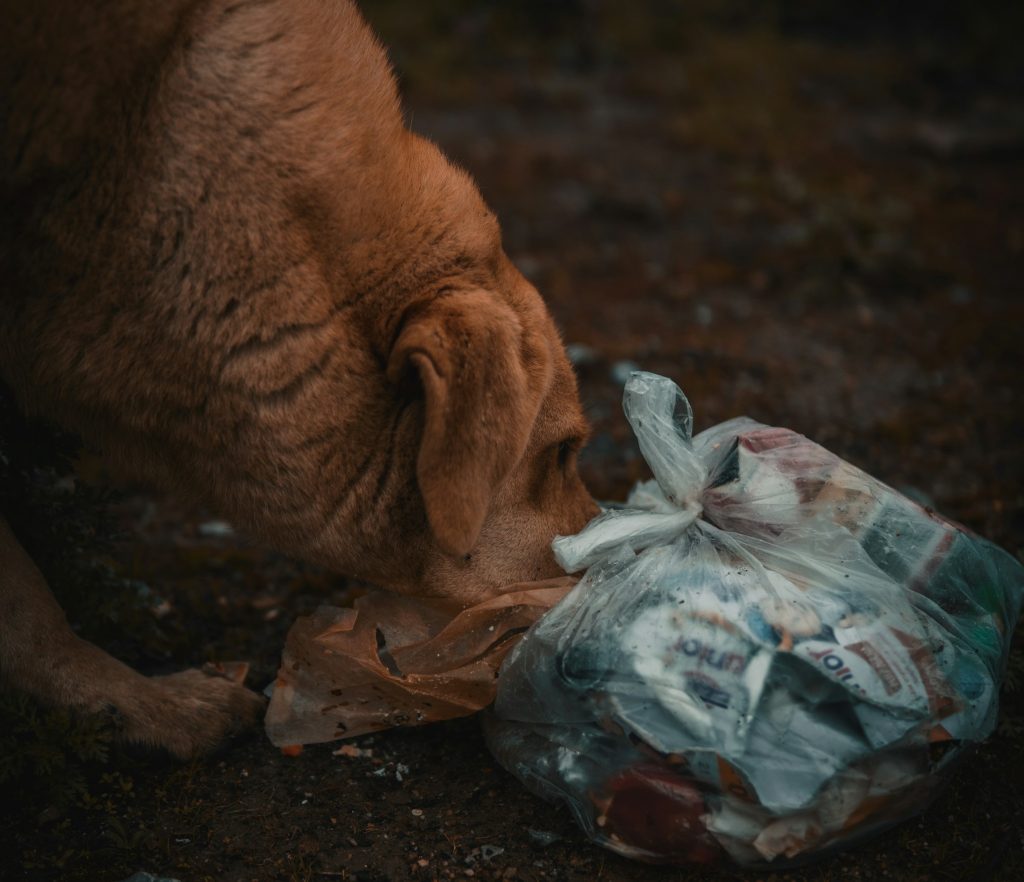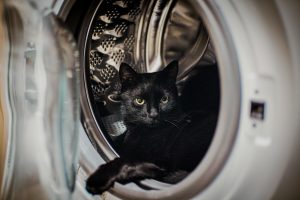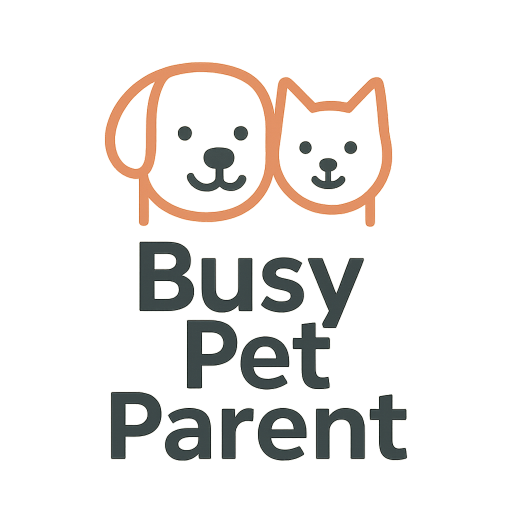
What to Do If Your Dog Eats Something Toxic (Don’t Panic)
Dogs are curious creatures—and sometimes that curiosity leads them straight into trouble. If your dog ate something toxic, your first instinct might be to panic. But with the right steps, you can stay calm and act quickly to give your dog the best chance of recovery. This post covers what to do in an emergency, signs of poisoning, and how to prevent future accidents.
1. Identify What They Ate (If Possible)
Try to determine exactly what your dog ingested and how much. Check labels, packaging, or nearby plants. This info can help your vet or poison control assess the risk and provide the best treatment guidance.
2. Call Your Vet or Poison Control Immediately
Don’t wait for symptoms to appear—contact your veterinarian or ASPCA Poison Control right away: 888-426-4435 (a consultation fee may apply). They can advise whether your dog needs urgent care or home observation.
3. Watch for Symptoms of Poisoning
Common signs include vomiting, diarrhea, drooling, trembling, confusion, seizures, or collapse. If your dog is showing any of these, it’s an emergency—get to a vet immediately.
4. Don’t Induce Vomiting Unless Directed
Some toxins (like bleach or batteries) can cause more damage coming back up. Only induce vomiting if explicitly told to do so by a vet or poison control professional.
5. Get to the Vet Quickly (If Advised)
If advised to come in, do so promptly. Bring any packaging, photos, or vomit samples (gross but helpful). Time matters when treating poisoning, so don’t delay.
6. Pet-Proof to Prevent Future Incidents
Keep toxic foods, cleaning products, medications, and plants out of reach. Use baby locks on low cabinets and teach children not to share snacks. Prevention is your dog’s best protection.
7. Keep Emergency Info on Hand
Post your vet’s number, the nearest emergency clinic, and the ASPCA Poison Control hotline somewhere easy to access. Time spent scrambling for numbers is time your dog can’t afford to lose.
Bottom line? If your dog eats something toxic, don’t panic—but do act quickly. Stay calm, call the experts, and follow their lead. With the right response, most pets recover just fine.
Frequently Asked Questions
Chocolate, xylitol (in gum), grapes, onions, garlic, medications, cleaning products, and antifreeze are some of the most common toxins.
It depends on the substance—some symptoms appear within minutes, others may take hours. That’s why it’s crucial to call for help right away.
Only if instructed by a vet or poison hotline. Using the wrong dosage or on the wrong substance can be dangerous or fatal.
Call the nearest 24/7 emergency vet or contact the ASPCA Poison Control at 888-426-4435 for immediate advice.
Only if advised by a professional. Some toxins require immediate treatment even if your dog seems fine at first.

Join the Busy Pet Parent Newsletter!
Get easy routines, time-saving tips, and the latest gear reviews—delivered straight to your inbox.
Perfect for busy pet owners, apartment dwellers, and anyone who wants a happy, healthy companion (without the stress).
Exclusive guides & checklists
Product recommendations & deals
No spam—unsubscribe anytime!




